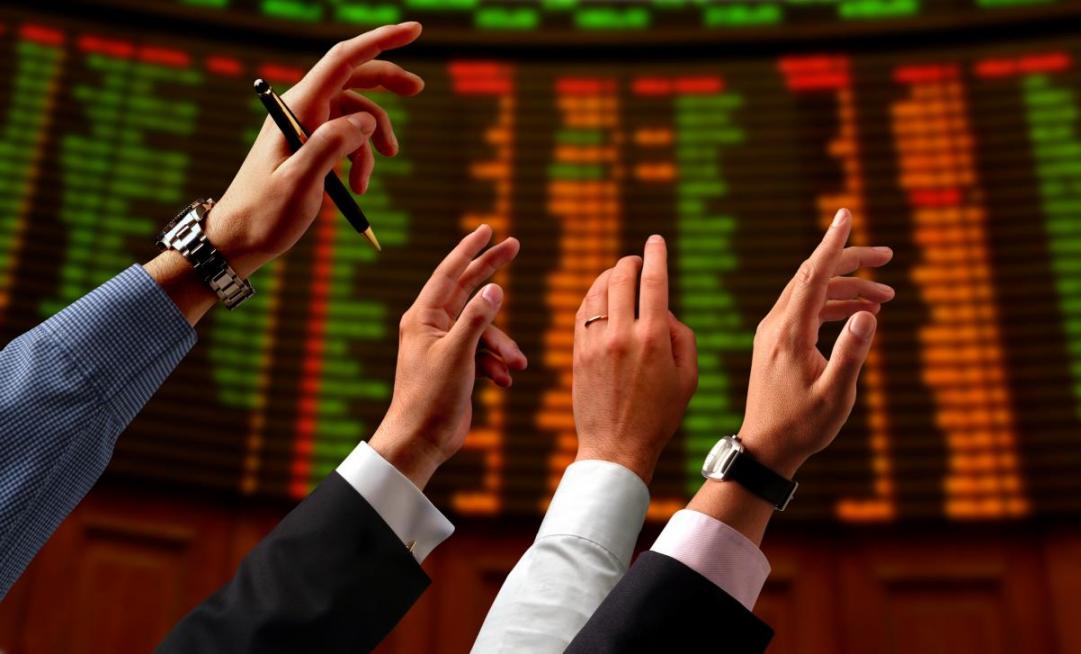Ever since January 2015, stock trading at Tehran Stock Exchange has been in tatters. A report released by the economic daily Donya-e Eqtesad shows that only on three occasions has the gloomy routine been reversed. The success in each of these short spells was determined more by political optimism than economic factors, the research found.
Additionally, all these rallies might have been caused by short-term gain and speculation rather than long-term expectations of growth. Institutional investors, in particular, were seen pulling out quickly once prices went up, while jumping in when they were relatively low.
Only during three periods since the all-time peak of the TSE index on January 5, 2014, have trading volumes surpassed 600 million shares.
Between the start of the President Hassan Rouhani’s administration in early August 2013 and January 2014, the TSE main index pulled off strongly. On the back of a strengthening dollar and investor expectations that the new government would leave behind economic populism while bringing back professionalism, TSE surged over 100 percent. On top of that, firm profitability as measured by the profit/earnings ratio reached new highs in January, peaking at 8.3 percent. Investors were optimistic that continuing privatization would allow these high profits to accrue to the private sector, which would in turn channel this capital back into the stock market.
However, that same January, it became clear that a large part of the rising fortunes was caused by temporary, nominal factors, such as the value of the rial and inflation. When news came in that the government planned to increase the mining royalties and petrochemical feedstock prices, TSE reeled and shed much of its previous advances. Mining and petrochemical companies claim up to 30 percent of TSE’s total value.
Other factors, which turned optimism into weariness, were also government induced. Notably, further restrictions on stock sale as well as higher deposit rates caused institutional investors to reduce their market activities.
The first jump in activity occurred in May 2014 when several banks and insurance companies decided to inject 50 billion rials (about $1.7 million at current official exchange rate) in TSE. Their action was not without orchestration and was triggered in part by the optimistic nuclear talks in Almaty and Istanbul.
In the Iranian month of Ordibehesh (May), the TSE index reached 76,000 units while average transactions totaled 708 million – an increase of 60 percent over the previous month. The total value of shares in that month also amounted to 2.24 trillion rials (over $77 million).
Nevertheless, these fortunes proved short-lived. In May-June, the index fell again–this time by 5 percent.
The second selloff occurred in November and December 2014. The Geneva interim agreement, the first full-fledged outline of a comprehensive nuclear solution, was signed on 24 November 2014. Average transactions in the Iranian months of Aban and Azar (roughly coinciding with December and November), amounted to 915 and 756 million shares respectively. The index also slightly pulled up again. In the first three months of 2015, its activity dropped again, with an average of only 475 million shares per month.
The third and last rally occurred in April 2015, when a massive average of 1,077 billion shares were traded with a total value of 2.14 trillion rials. This figure implies a 120-percent increase compared to the previous month. Like in previous patterns, institutional investors were influential here, performing over 62 percent of all transactions. From March 21 to April 20, 2.4 trillion rials entered TSE.
Since the April rally, transactions have dropped by 34 percent, while the value traded has hovered around 340 billion rials. This low level of value traded may imply a period when the bulk of trading will only resume once final decisions are made and short-term horizons are not blurred by the possibility of sudden shocks.


